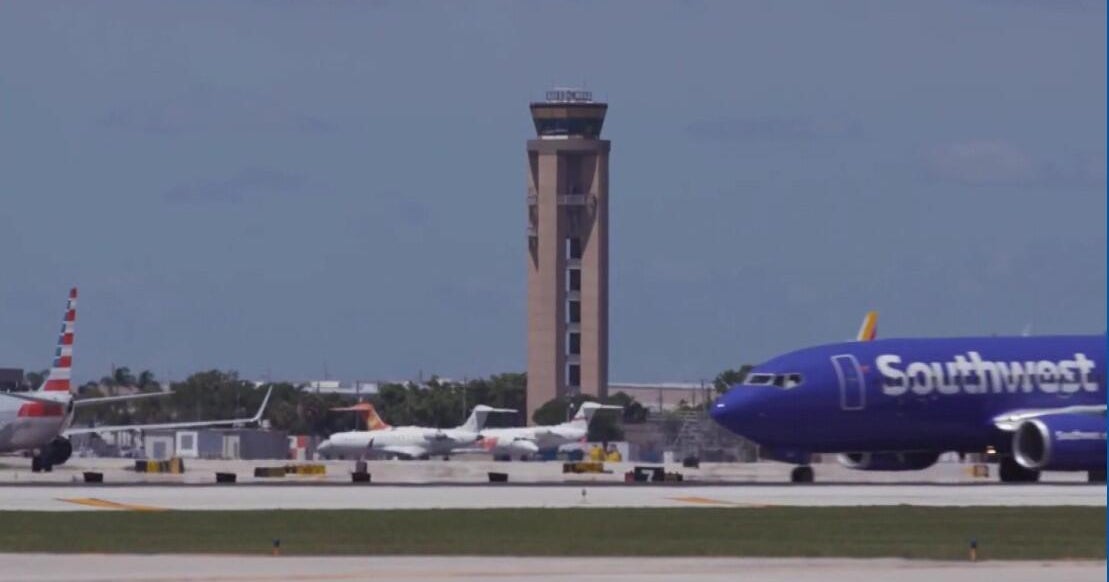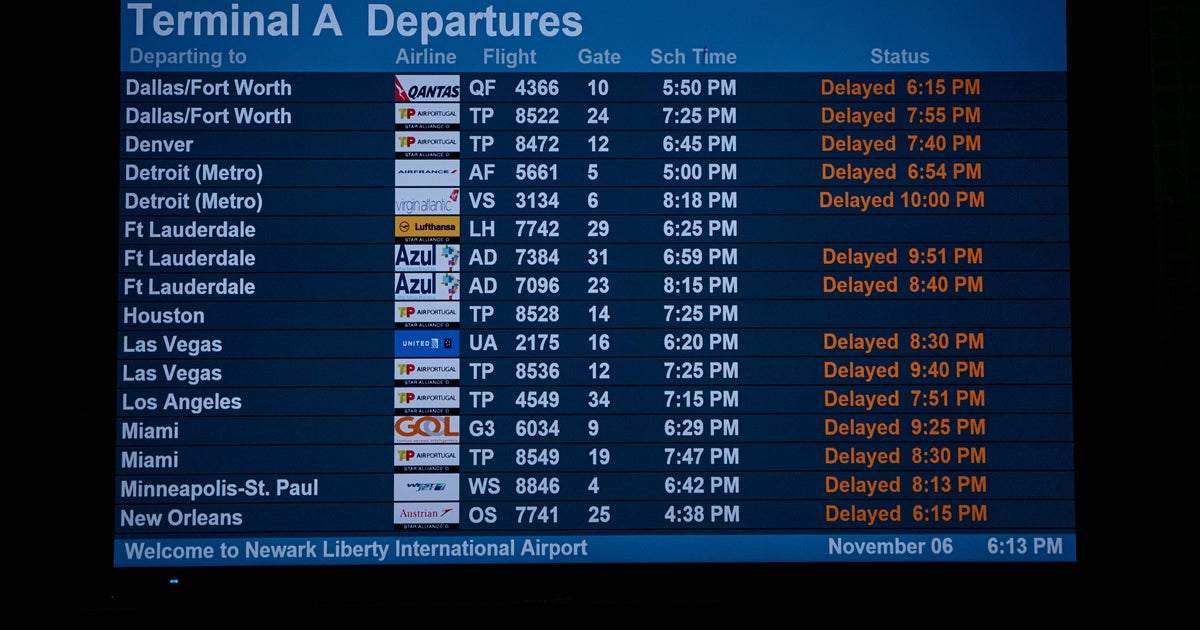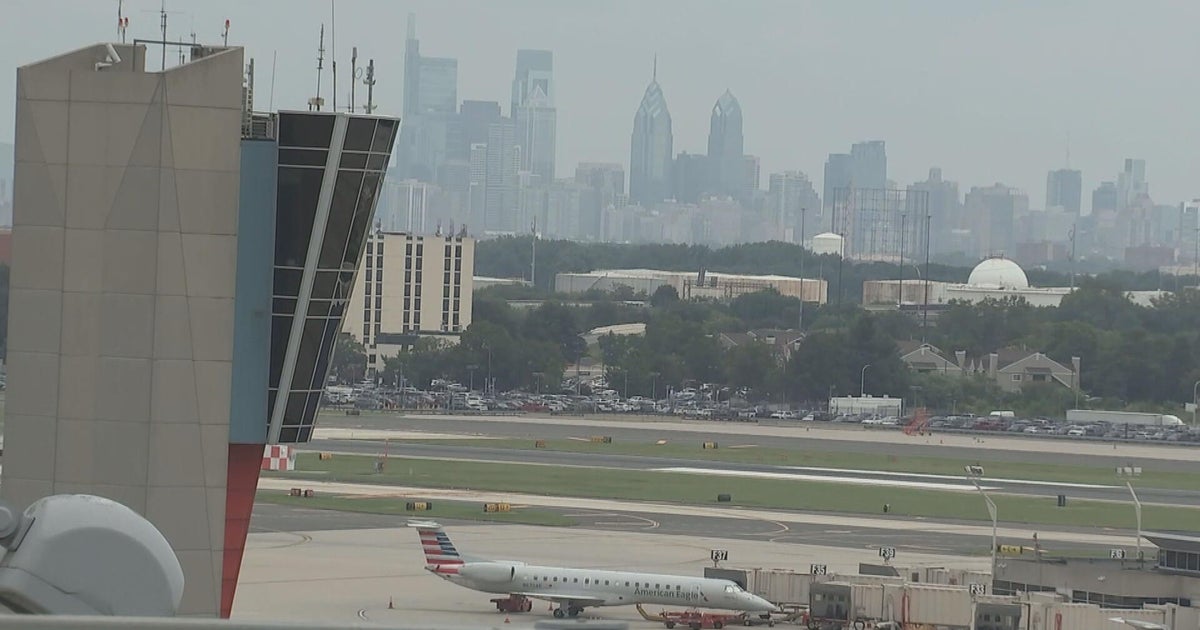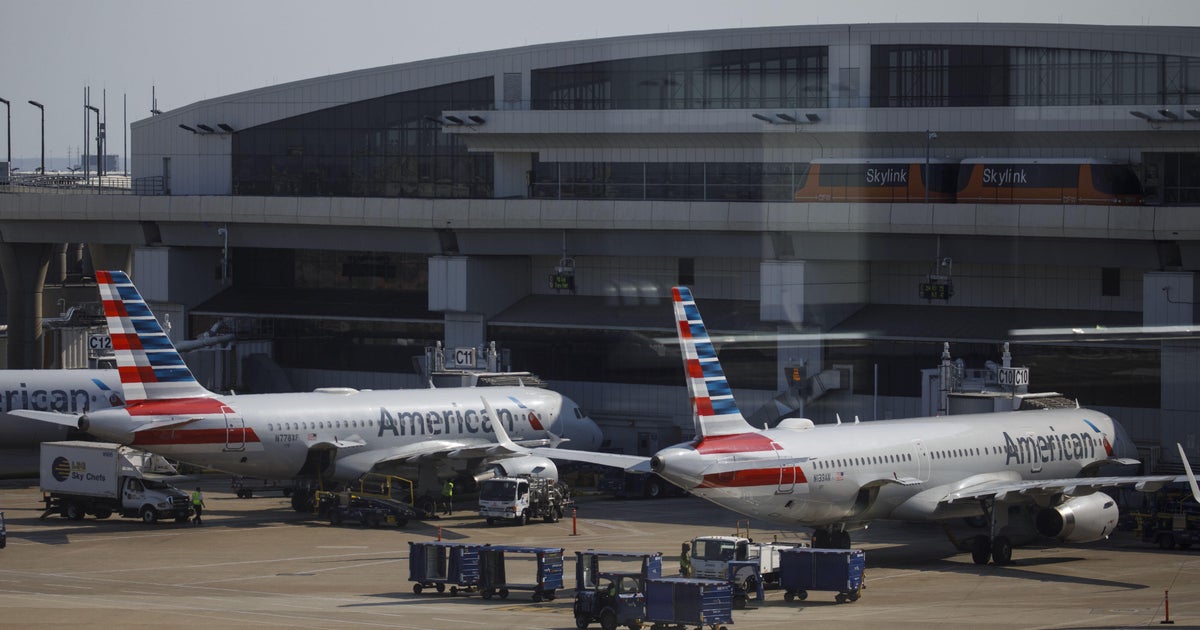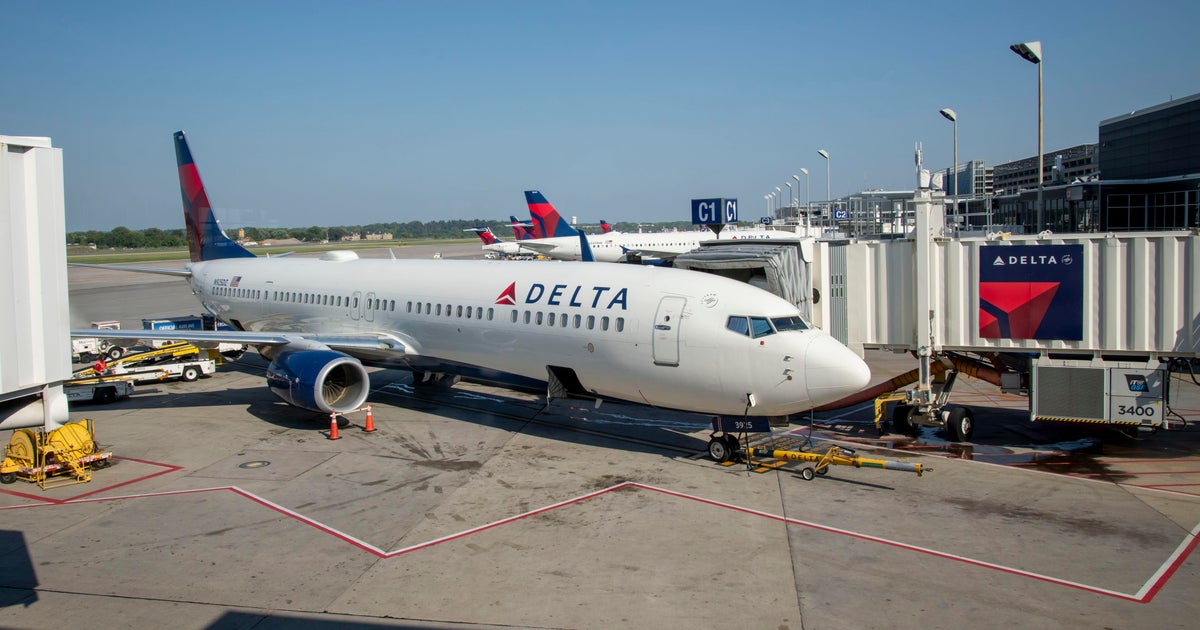Wreck Chasers Search Colorado For Aviation Disaster History
LARIMER COUNTY, Colo. (CBS4) - Off in the deep forest of Larimer County, well off the trail, is a spot where the ground is littered with twisted metal -- an odd sight so deep in the woods. Ron Miller and friends Dave Sinew and Amy Metz climbed here for a look at the shreds of aviation history.
"Take a 28,000-pound airplane and disassemble it by flying through trees. It turns into shards like that," said Ron Miller as he looked at pieces of what was once the newest technology of its day -- a DC-6. "It was dark, 2 o'clock in the morning and they were descending and just flew into these trees and started coming apart," said Miller. United Flight 610 was the biggest air disaster in U.S. history at the time in the early 1950s.
They are wreck chasers. It's a hobby that's garnered a few aviation buffs and Colorado is a place where there are more wrecks than just about anywhere outside of Alaska. Ron Miller is a pilot who started looking for things to do when he read an article about a World War II-era B-17 wreck north of Rocky Mountain National Park. He began to hike to wrecks to chart, describe and photograph them, but to leave them alone.
"Anything over 50 years is protected just like Indian pottery," he said. "It would be a federal crime to take anything or disturb it even."
The United crash left 50 dead and no survivors. The plane was way off course en route to Denver as it hopped from California to Chicago. Eventually investigators would blame pilot error, saying the pilot was used to the configuration of another aircraft, the DC-3, and probably had switches in the darkened cockpit in the wrong position, leading to incorrect radio positioning signals.
To establish that, they removed the engines from the side of Crystal Mountain where the plane went down, mowing its way through the trees. But carting off the rest of the wreckage was too difficult; they dug big trenches with heavy equipment and plowed it over.
Today, much of it is buried in mounds in the quiet forest. But over the years, erosion and souvenir hunters have uncovered some pieces. "A hinge and a frame," said Miller as he looked at what was on the ground. "I think that was an internal door of some kind."
Only a few miles away there's a memorial to the crew of an Army B-17 near Pingree Park. It was one of hundreds of military aircraft that went down on a training flight in Colorado during World War II. The crash killed eight.
Ray Fowler flies a B-17 today for an organization called The Liberty Foundation. It's a plane painted to resemble the most famous B-17 of all-time, the Memphis Belle.
"You gotta remember almost everybody that was in the military at that point was between 18 and 24 years old. A lot of these guys had never even seen a car or didn't even have a driver's license," said Fowler.
Add to that, many of the people maintaining the planes were young and inexperienced and weather data was primitive. The young pilots had no clue about the difficulties of flying over Colorado's mountains.
"You got guys all the way from New Jersey to California… that have never seen mountains like there are in Colorado," he said.
They aren't the only ones who crashed due to foolish errors in calculating loss of horsepower over high altitudes. Colorado's mountains are littered with small planes, often flown by out-of-state pilots who chose routes that took them toward box canyons where they couldn't escape. Even experienced pilots made similar errors.
One of the most famous was the crash of the plane carrying the Wichita State football team in 1970. Half the team was on another plane headed west. That pilot took the proper route north over Wyoming. But the team's top players were on board a plane whose pilots chose what was to be a more scenic route. Today, there's a memorial to the victims along I-70 shortly before the Eisenhower Tunnel.
The plane was flying low through the mountains when the pilots realized they could not get over the high pass ahead and tried to turn around. The plane lost power and slammed into the trees only about a thousand feet north of present day I-70, but up a steep slope.
"It has traumatized me, but it also gave me my career direction," said John Putt a longtime EMT and member of the Alpine Rescue Team. Putt was along with Alpine on an explorer program at only 12 years old when he was at the crash site. "I unfortunately that night froze and basically stood motionless for an hour and a half while the rest of the searchers went around the site."
There were a few survivors of the Wichita State crash. They have from time to time, visited along with loved ones to remember the 31 who died. They have left small memorials and a few mementos. Looking at the site today, it's difficult to understand how anyone could have survived.
Aviation has gotten safer through the years. United 610 even brought about a change in cockpit design as experts gleaned a lesson from the tragedy. Today, Ron Miller and friends are respectful and curious about what happened at the site and how so many died.
"You have to feel bad for people who suffered the consequences of the uncertainty and unreliability of this form of transportation in the '40s and '50s and even into the '60s."
Ron Miller maintains a website of his visits to wrecks. You'll find it at coloradowreckchasing.com.
